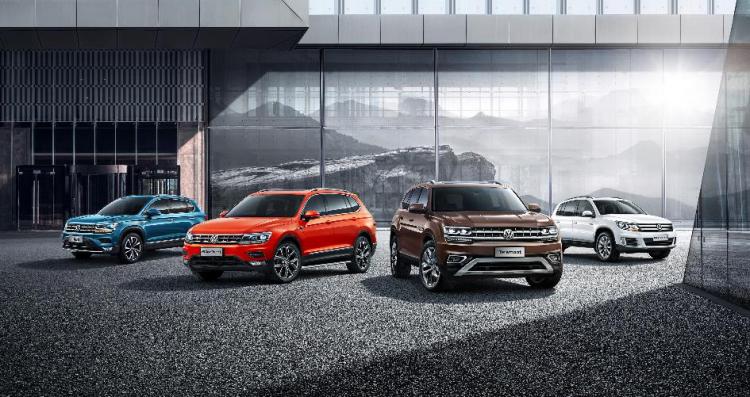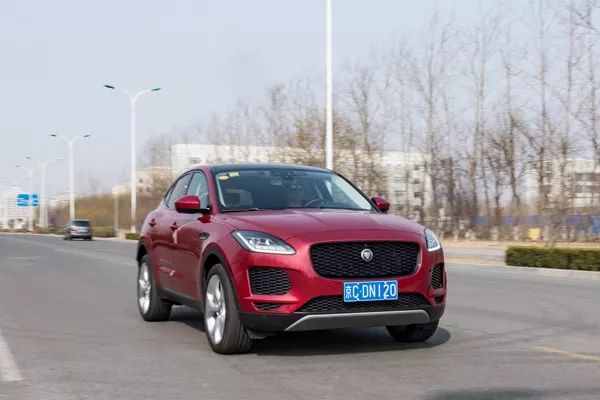With the increasing awareness of leisure among the people, the improvement of living standards and the increase of holidays, the proportion of self-driving tours in the number of domestic tourists in my country is increasing year by year, and self-driving tours and camping activities have huge market potential in my country. Camps are born with self-driving tourism. This article will focus on the problem of site selection for camp construction and analyze the three major factors that affect site selection before building self-driving car camps, aiming at coordinating the relationship between self-driving camping activities and nature, markets, and society , Eliminate or reduce harmful conflicts.
Self-driving tourist camps have high requirements for natural factors in terms of site selection, with special emphasis on the superiority of location conditions, the availability of natural resources, and the quality of the ecological environment. Among them, the coordination and integration of environment, climate, water source, soil, vegetation, terrain and other aspects should be considered comprehensively. The following will analyze these aspects one by one.
Campsites are generally located in areas with beautiful scenery, and should be harmoniously blended with the natural landscape environment, based on the principle of not destroying the regional ecology and beautiful landscape. The environment of the camp should be kept quiet, with little air pollution, sufficient sunlight, suitable temperature, humidity, and good ventilation. The combination of camps and different types of natural landscape resources can create camps with different landscape characteristics, that is, various camp types we are familiar with, such as mountain camps, island camps, etc.

Many nature reserves also meet the camp’s requirements for the natural environment, but the construction of campsites around nature reserves should be treated with caution. my country’s nature reserves refer to land, terrestrial water bodies or sea areas where representative natural ecosystems, natural concentrated distribution areas of rare and endangered wild animal and plant species, and natural relics with special significance are located.
There are three reasons why it is not recommended to build camps around nature reserves. First, there may be potential threats from wild animals and other animals, and safety cannot be guaranteed; second, the nature reserve is highly sensitive to ecology, and camping activities will pollute the nature reserve to a certain extent, which may cause direct or indirect ecological damage to the reserve. Destruction; third, it is located in a remote area, far away from the city, the number of tourists cannot be guaranteed, the basic guarantee of camp operation, service facilities will be limited, and the infrastructure is poor, so it is impossible to provide a high-quality camping environment.

According to different climatic zones across the country, it may be considered to build self-driving car camps that are open all year round or camps that are open during monsoons. For example, the business hours of camps in many cities in northern my country are from April to October. It is not suitable to build camps in areas with severe climatic conditions or frequent disastrous weather. In addition, rainy season, dry season, dominant wind direction, wind speed, typhoon season, temperature, temperature difference between morning and evening, etc. should also be taken into consideration. It is not advisable to choose areas with special climates such as basins with poor air circulation and poor sightlines and foggy areas. On the premise of a pleasant climate, the camp should also create a comfortable microclimate environment.
Our country has a vast territory, and the climate conditions are very different from east to west, north to south. The climate in the north is cold and the winter lasts for a long time. Some areas are also affected by sandstorms in spring. It is more suitable for campsites to be open in summer and autumn. In the central area, there are four distinct seasons, cold in winter and hot in summer. Like spring, the tourism resources are also quite rich, making it an ideal place for camping activities all year round.
From the perspective of market and social factors, southern my country, especially East China, where the camp industry has the best development, has rich tourism resources, developed transportation, strong demand for automobile tourism, sound service facilities, and tourism resource planning accounts for a large proportion of urban planning. It is more developed and has a great environment for the operation and development of camps. Among the northern regions, North China, such as Beijing, Tianjin, and Hebei, is stronger than Northeast China in terms of economy, transportation, market and tourism resources, so the development of camps in North China is also relatively good. However, although North China is not inferior to the South in terms of economy, culture, tourism resources, and city scale, natural environmental factors limit the development of campgrounds in this area.

The number of camps is increasing, and the standards of every link in the development and construction of camps are becoming more and more standardized. Site selection is an important issue in the early stage of the development and construction of self-driving car camps, and it is the prerequisite for a series of follow-up work such as self-driving car camping planning and design. In the reality of camp site selection, market factors determine the level of construction and development of car camps, and natural and social factors determine the type and level of car camps. When selecting a site, it is necessary to proceed from reality, fully investigate all aspects of site selection and design, coordinate the effects of nature, market, society, etc., and finally return to reality to serve actual needs.




